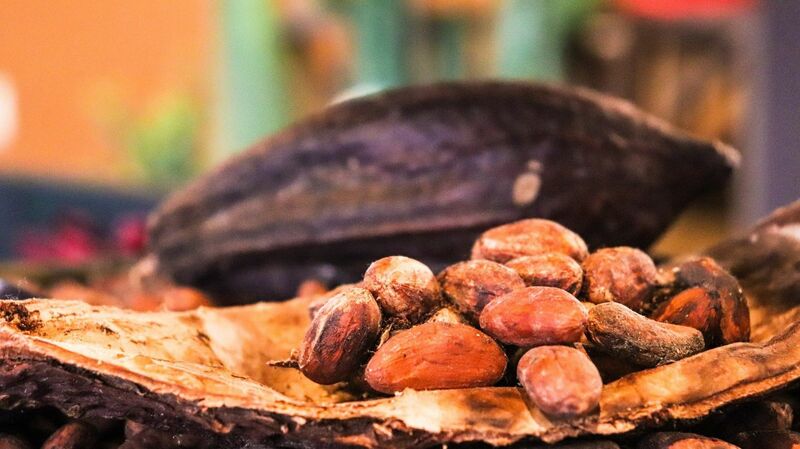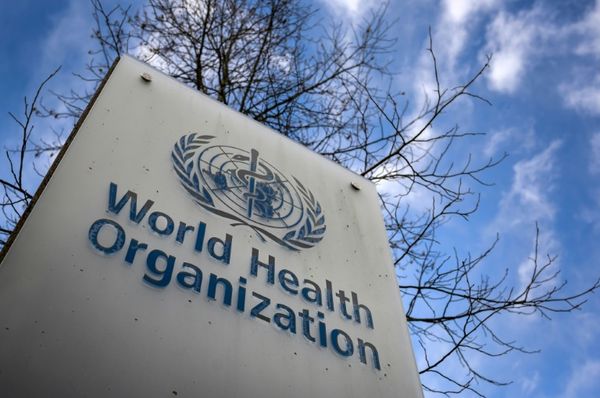
July ICE NY cocoa (CCN24) Friday closed up +74 (+0.80%), and July ICE London cocoa #7 (CAN24) closed up +24 (+0.32%).
Cocoa prices saw support after the International Cocoa Association raised its cocoa deficit estimate.
On Friday, ICCO estimated a 439,000 MT cocoa deficit for 2023/24, 17% higher than its February estimate of 374,000 MT and nearly six times larger than the 74,000 MT deficit in 2022/23. ICCO said, "Current available data reveal that cocoa grinding activities have so far been unrelenting in importing countries despite the record cocoa price rallies. As the 2023-24 season progresses, it is certain the season will end in a higher deficit than previously expected." ICCO raised its 2023-24 grindings estimate to 3.86 MMT from 4.78 MMT, which represents a -4.3% y/y fall from 2022/23. ICOO raised its production projection from February by 12,000 MT to 4.46 MMT, which represents a -11.7% y/y decline from 2022/23.
Lower cocoa production in the Ivory Coast, the world's largest producer, is a major bullish factor for cocoa prices. Government data Monday showed that Ivory Coast farmers shipped 1.46 MMT of cocoa to ports from October 1 to May 26, down by 30% from the same time last year. Trader Ecom Agroindustrial projects Ivory Coast 2023/24 cocoa production, which ends in September, will fall -21.5% y/y to an 8-year low of 1.75 MMT.
Another bullish factor for cocoa is dwindling inventories, as ICE-monitored cocoa inventories held in US ports fell to a 3-1/4 year low of 3,642,937 bags Thursday.
Cocoa also has support on signs that global cocoa demand remains resilient despite record-high prices. On April 18, the National Confectioners Association reported that North American Q1 cocoa grindings rose +9.3% q/q and +3.7 % y/y to 113,683 MT. Also, on April 18, the Cocoa Association of Asia reported that Q1 Asia cocoa grindings rose +5.1% q/q, although they fell -0.2% y/y to 221,530 MT. In addition, the European Cocoa Association reported that Q1 European cocoa grindings rose +4.7% q/q, although they fell -2.2% y/y to 367,287 MT.
Ghana's Cocoa Board (Cocobod) said on March 25 that Ghana's 2023/24 cocoa harvest would be only 422,500 MMT to 425,000 MT, half the country's initial forecast and a 22-year low, as extreme weather and disease decimated the cocoa crop.
Concerns about the West African mid-crop, the smaller of two annual harvests, are leading to tightness in cocoa supplies. Projections for the Ghana mid-crop, which starts in July, have been cut to 25,000 MT compared with an earlier forecast of 150,000 MT. Also, the Ivory Coast cocoa regulator said on March 7 that it expects the Ivory Coast mid-crop, which officially starts in April, to fall -33% to 400,000 MT from 600,000 MT last year. In addition, projections for Nigeria's mid-crop have been reduced to 76,500 MT from an earlier estimate of 90,000 MT.Unfavorable growing conditions and crop disease on West African farms over the past year have curbed cocoa production. A global cocoa deficit is expected to extend into 2023/24 since current production is insufficient to meet demand. Also, cocoa prices are seeing support from the current El Nino weather event after an El Nino event in 2016 caused a drought that fueled a rally in cocoa prices to a 12-year high.
On the date of publication, Rich Asplund did not have (either directly or indirectly) positions in any of the securities mentioned in this article. All information and data in this article is solely for informational purposes. For more information please view the Barchart Disclosure Policy here.






